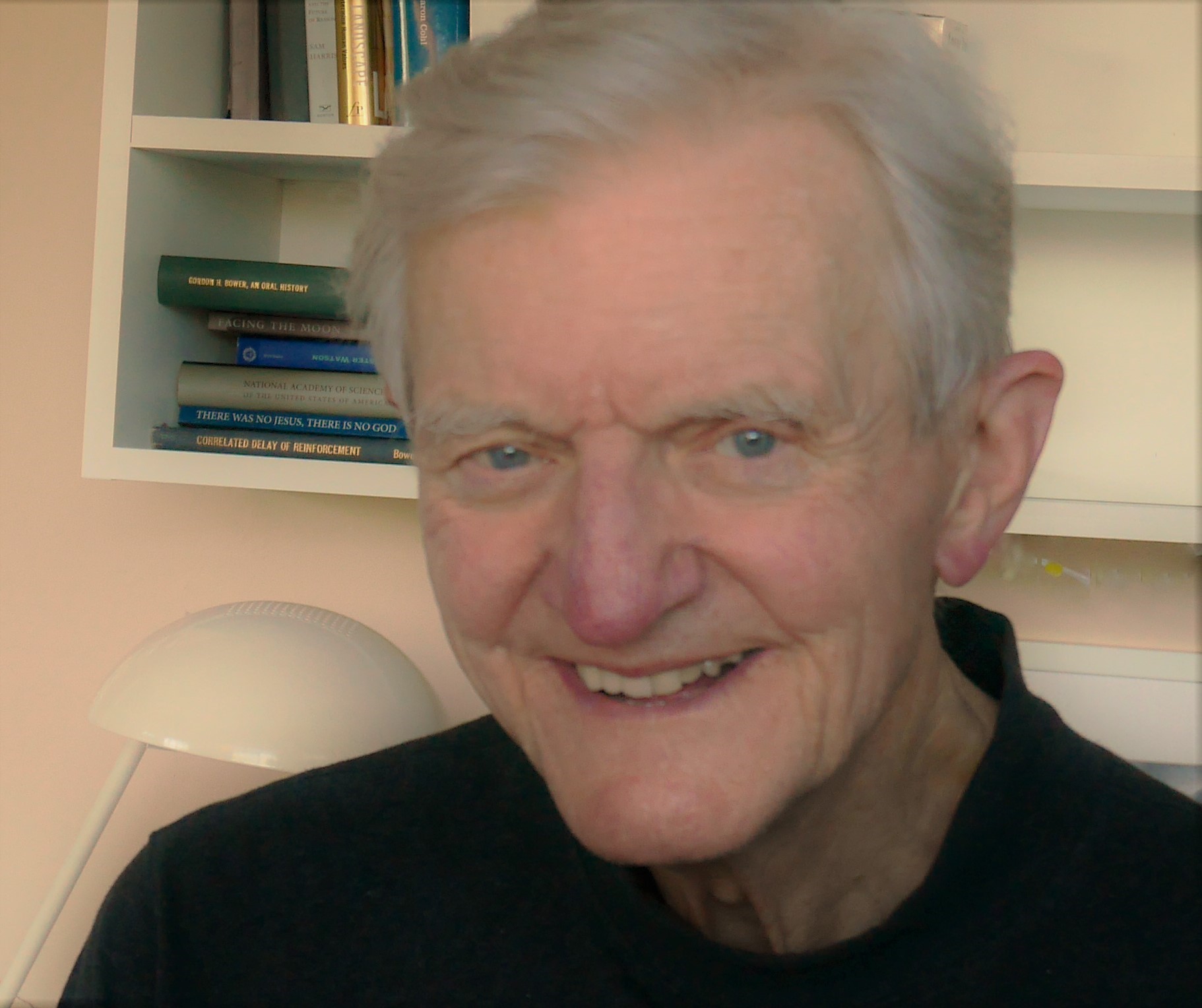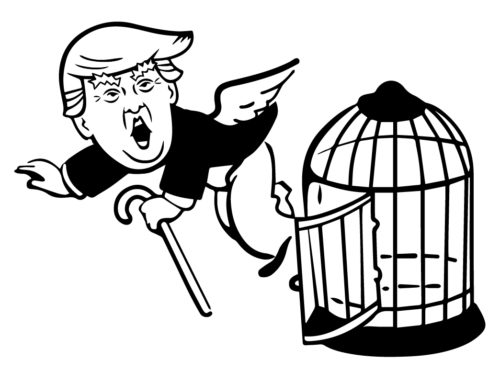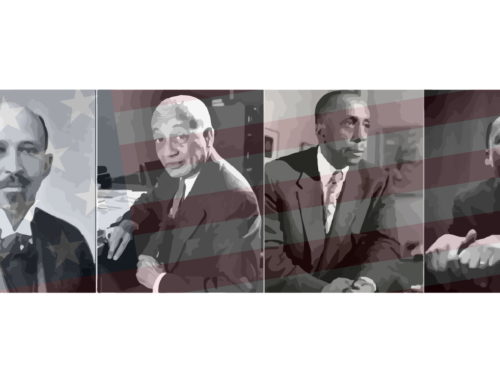Journey2Psychology, a project by: Dr. Michael Gordon
Mike Gordon is travelling across the world to converse with influential psychologists and discover the stories behind their work.
This journey will form the basis of a book from Political Animal Press
Follow Dr. Gordon’s travels in full at Journey2Psychology
Scio (pronounced SIGH-oh, with a little sigh) is a sleepy little town in eastern Ohio. People who remember Gordon Bower as a child in 1930’s Scio probably would conjure up memories of a young pitcher destined for the big leagues. Maybe they’d remember Gordon and his older brother and sister running around their family’s store, Bower’s Merchandise Mart. Dr. Bower would eventually become the youngest Psychologist inducted into the National Academy of Sciences, a formative scholar with his research on memory, affect-memory interactions, computational modeling and simulation of mental events, and many other scholarly areas. He would help lead psychology into the modern age as an APS president, and would lobby for the field as the Chief Science Advisor to the National Institute of Mental Health (NIMH). He would become known as much for this tremendous research as his efforts mentoring/training an incredible cohort of influential psychologists in the next generation: from John Anderson (Carnegie Melon University) to Andrea Halpern (Bucknell University) to Doug Hintzman (University of Oregon) to Robert Sternberg (Cornell University) and many, many others.
Dr. Bower is a truly monumental figure in Psychology and it is quite a wonder that no one has ever noticed this before me! (He wrote silently and then paused for a moment to laugh. Only funny to me?)
In point of fact, just about everyone in Psychology has recognized Dr. Bower’s tremendous accomplishments and there are extensive records documenting the major contributions and life events of Dr. Bower. If one had an interest in putting together a biography of Dr. Bower, one would not be disappointed in the fantastic stories, rich background, and thoughtful reflections from him, his notable students, Stanford University records, and the scientific organizations that have sought to honor him.
Dr. Bower has been the recipient of nearly every award one can receive in Psychology; he is the subject of an extensive (6 hr) documentary interview for the Stanford University archives with Dan Hartwig (Note that Mr. Hartwig has conducted several of these historical interviews with notable faculty at Stanford and they are excellent!); there are a handful of beautifully written biographical tributes and autobiographical reflections on the life of Dr. Bower in major publications like American Psychologist; and Dr. Bower was the subject of a wonderful “Inside the Psychologist’s Studio” with his friend, occasional interlocutor, and notable psychologist, Dr. Walter Mischel (who sadly died earlier this year, Sept. 12, 2018). That’s a healthy amount of biographical material for one interested in the context and background that might have supported the development for such a notable person in Psychology.
The short version of Dr. Bower’s life as summarized across these sources goes something like this: Born in 1932, a small town boy develops a big pitching arm, is provided a sports scholarship to college, goes to Yale for grad school and to avoid the Korean War draft. He graduates and develops one of the most influential cognitive research labs in the world at Stanford University. He does so by consistently leading novel groundbreaking scientific efforts and shepherding the careers of dozens of influential scholars.
Dr. Bower introduces himself:
Now, let’s discuss some of the fun details!
As a child Gordon had two siblings, an incredibly talented and musical older sister and a strong and motivating older brother — who would also serve as his catcher as Gordon developed his pitching acumen. He describes his siblings in the following excerpts:
It may have been a small town, but the members of his family clearly had their eyes on some big accomplishments! Dr. Bower has, in past autobiographical writing, elegantly described his father’s yearning to do more, travel more, explore his ambitions in business. Nonetheless, the circumstances of his family and the ongoing economic depression created the context in which Gordon’s father took over and devoted his career to managing his family’s local store. Gordon’s sister, as he described in the excerpt above, sought to be a concert pianist and trained at the top conservatory of Eastman School of Music to do so. Clearly this was infectious as the children set their eyes on grand stages for their adult career paths.
We can also add a little more color to the home life of young Gordon with this little excerpt from our conversation.
Jake Busby, who was getting into his later years (87-90 years old) when he lived with Gordon’s family. One gets a sense of Dr. Bower’s parents who had the generosity of spirit to provide a place for Mr. Busby during this time, and to extend their welcome to him. Okay, so Mr. Busby had some unusual habits, but he attended the same church as the Bowers, and the Bower family very generously opened up their home to him.
There are a lot of fun baseball stories from the early part of Gordon’s life, and I’ll include one here. Here is an excerpt in which he discusses his approach to pitching.
He starts with the fat curve ball and throwing with some dramatic lateral movement. As Gordon gets bigger and stronger (and he is a big man, well over 6 ft/1.85 m), he develops a powerful fastball. That pitch supplants the curve he once had, but now he can challenge batters more directly. Send the pitch right at a batter, or better yet low and outside, using power to blow it past them — that is the pitch of choice for the late teen/early 20-year old Gordon Bower. I have to admit, this all seems metaphorically relevant to Dr. Bower’s scholarly approach. In his career he has tended to attack problems directly, to challenge people and ideas directly, and to do so with precision. My feeling is that his philosophy in baseball: challenge your opponent directly and blow them away — might have foreshadowed his approach in science. That’s my speculation, Dr. Bower wasn’t totally confident in it, and you are (of course) welcome to draw your own conclusions.
That’s a bit about baseball, but not too much on his early academic development. And, candidly, academics were not necessarily the emphasis for Gordon as a child. As noted in the excerpt about his siblings, Gordon’s brother struggled a bit and did some summer remediation at military school to stay on track. Gordon did fine but it took a little extra motivation from a gorgeous new teacher, Virginia Wiggins before Gordon started to become an academic star. Ms. Wiggins and her husband Jim Wiggins came to Scio for…actually the details about why they moved to Scio are not entirely clear…but they came to Scio and must have seen some potential in Gordon. The Wiggins were educated, cultured, and influential to young Gordon.
And so they mentored him, met with him outside of class, and helped him to develop his academic skills. And Gordon was happy for the attentions of this beautiful woman and the exciting intellectual interactions afforded him by the relationship with the Wiggins. He graduated from his high school as the valedictorian, the top rated student of all 24 people in his graduating class. (Did I mention that Scio, Ohio is not a particularly large town?)
Still there was baseball. Gordon applied to universities preparing to direct his attentions to pre-med (and an interest in Psychiatry) but that might have been a back-up plan to bigger dreams as a Major League pitcher. He received multiple athletic scholarship offers to play basketball and baseball. The best of those offers was to attend Western Reserve University (WRU, now Case Western Reserve University). WRU was an institution in a big city (Cleveland — at least big relative to Scio), with a strong academic program. Importantly that program would allow him to train with the professional team, the American League’s Cleveland Indians (who had just won the pennant in 1948), and to play for the university team at WRU. Gordon entered WRU as a scholar-athlete in 1950.
In this excerpt Dr. Bower recalls the offer he received and the discussion with the athletic director at WRU:
As a young college student each summer Gordon was to play baseball games at night, and work during the day. Because of his interest in psychiatry and mental health, Gordon seeks employment at the Cleveland Mental State Hospital. And, because of his bodily size, they place him as a ward in the part of the hospital designated for those with the most severe psychosis symptoms.
Dr. Bower recalls some of the experiences he had at Cleveland Mental in this next excerpt.
Dr. Bower provided several stories from his time working at Cleveland Mental (and I can’t wait to share more of them with you in the book), but perhaps the excerpt above provides a sufficient taste of it all. The experience was eye-opening and frustrating for Gordon. The interventions were limited in those days (early 1950s), many of those interventions we’ve since determine were ineffective for the patients. Soon the idea of a career in Psychiatry and Freudian Psychoanalysis began to diminish in its attractiveness. However, Gordon took a course with a young faculty member at WRU who had completed his PhD at Yale: Dr. Chuck Porter. Dr. Porter took to mentoring Gordon, introducing him to readings and ideas outside of class and stoked an interest in Gordon about the history of science and epistemology. While that helped to redirect Gordon’s academic attention, there was one more powerful force: the Korean War. Many who have been profiled for this Journey2Psychology project were influenced by war, whether drafted or in finding deferment (e.g., Drs. Kagan, Grotevant, Hintzman, Diener). The draft board of Harrison county, Ohio laid the choices out plainly for Gordon: go to grad school and take a deferment or pursue baseball and we will draft you.
Gordon wanted to play baseball. He had a deep and compelling life wish to be a Major Leaguer and to pitch in the Bigs. Maybe, if things went just right, he might even fulfill his ultimate dream to face off against the legendary hitter, Joe Dimaggio of the New York Yankees, and strike him out. Gordon was an excellent pitcher. A star in high school and college with real talent to continue. But Gordon determined that risking his life and, at a minimum some years of prime ability, by being drafted for Korea was not his best life option. Gordon sought the deferment and applied for/was awarded a Woodrow Wilson fellowship to study epistemology and the history of science at University of Minnesota, and then, after completing that fellowship, entered the PhD program in experimental psychology at Yale University.
There are critical people and events during his year’s in graduate study. At the University of Minnesota, Gordon was mentored by and had deep interactions with Dr. Paul Meehl on epistemology and the nature of theology (Meehl had undergone a religious conversion while Gordon was sowing seeds of religious skepticism). Dr. Neal Miller — a seminal figure in early experimental Psychology, learning theory, and physiological psychology. Dr. Miller’s work on frustration-aggression and his studies on social learning in rats have been cited thousands of times and put him at the center of the major developments in American Psychology at that time. He introduced Gordon to Clark Hull’s drive reduction theory, and the importance of mathematical approaches to Psychology. He also encouraged Gordon to expand into some of his own ideas in learning theory. After some frustrating early experiments with cats and salt-water induced thirst, Gordon began his own studies on electrophysiological stimulation to the hypothalamus (later confirmed to be the medial-forebrain bundle, MFB). He demonstrated the interactions of reinforcements and punishments and the physiological responses of MFB. Dr. Bower recalls that Dr. Miller was an amazing mentor and has some wonderful memories of working with him.
Through the connections of Dr. Miller, and an experience with Dr. Pat Suppes at a conference (who happened to be putting together a new group of mathematical psychologists), Dr. Bower was offered his first academic job at Stanford University, no job talk required. Apparently it was a good fit: he stayed at Stanford for his entire career of close to 50 years! At the beginning, Dr. Bower was a rat runner and he spent his time building elevated T-mazes, Skinner boxes, and other contraptions to enable this research.
After a couple of years at Stanford there was the start of a fairly major transition in Dr. Bower’s research. I want to emphasize that. Over the course of a few years totally and completely changed research from animal models of mathematical psychology to paired associate learning in human memory and computational cognition. Did he have training in computers? No. Did he have any graduate training working with human participants? No. Sure, young Gordon had helped with clinical assessments and ran Blacky’s projective test back as a ward at the mental institution but this is nothing like doing memory research. Memory research in the 1960s was in its relative infancy. Dr. Bower quickly learned the field and, over the next decade, transitioned into being one of the preeminent scholars of the field.
For what it’s worth, the concept of paired associate learning is fairly simple: a participant is presented lists to learn with sets of two words that go together. Maybe the words have a common theme (e.g., dog–cat) or maybe they have nothing in common (e.g., dog-sink). The beauty of this paradigm is the flexibility in how it can be directed to such a wide variety of mechanisms and hypotheses. It takes creativity, precision in the selection and organization of the words/lists, and an awful lot of diligence to use this paradigm effectively.
In this excerpt Dr. Bower describes that major transition in his scholarly program:
An arfy-darfy rat, definitely can’t have that (aside: that particular utterance — arfy-darfy — from Dr. Bower will stay with me long after this journey). So does he continue toiling with rats and pigeons or does he take on human memory testing with oodles and oodles of data, and the only arfy-darfiness would be expected from the undergraduate participants. Also, and this is important, Dr. Bower made a connection. He was inspired by the potential of that new research from Drs. Herb Simon and Allen Newell. That future Nobel prize winning research. That Turing Award winning research. That research that was the dawn of the age of artificial intelligence. Dr. Bower saw something good, learned about it, and developed human-based research that capitalized on it.
This gets us to the start of Dr. Bower’s career and kicks off DECADES of fantastic research at Stanford. This research program would contribute some of the seminal demonstrations of how memories of organized and encoded. Retrieval strategies. Integration with affect. I can’t wait to share much more and will do so with the book!
For now, here are some of the wonderful publications from Dr. Gordon Bower: https://stanford.edu/~gbower/.
What, you say, just one link and not a list of notable publications each carefully linked to the abstract at the publishing journal’s website? Why this odd change from all of your other profile posts?
As it happens, the link I provided goes to the Stanford page that contains nearly every full PDF file for each article from 1958 until today from Dr. Bower’s career (about a third of the way down the page). Capturing more of Dr. Bower’s oral history and reflections is a thrill for this project, but when it comes to listing and linking his publications better minds than I have already successfully and comprehensively done so.
Dr. Michael Gordon is a Professor of Psychology at William Paterson University in New Jersey. His research on Sensation & Perception emphasizes auditory and audiovisual detection (e.g., psychomusicology, psychoacoustics, speech, auditory navigation, collision detection, echolocation). He is working on a new project to capture the voices and ideas of prominent and influential Psychologists who have shaped the field. Follow him at Journey2Psychology
Title: the title of this post refers to Dr. Bower’s height, his prominent position among many influential psychologists, and his career in northern California, home to the Giant Redwoods — the tallest trees in the world.










Leave A Comment